Discover Premium Ceramic Products | Durability & Elegance United | Advanced Ceramics
Ceramic Crucible

High Quality Quartz/Corundum/Graphite/Alumina Crucible Zirconia Ceramic Crucibles Boats High Temperature Furnace Parts

2200C High Temperature YSZ Zirconia Ceramic ZrO2 Crucible

High Temperature Silicon Carbide Ceramic Crucible Graphite Crucible
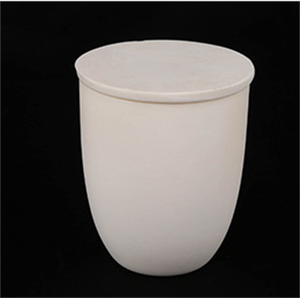
99% Alumina Ceramic Crucibles Zirconia Arc/Cylindrical/Boat Shape Crucibles for Melting Ceramic Parts

Si3n4 Ceramic Customized Silicon Nitride Ceramic Crucibles for Industry Metal Melting Pot

High Purity 99% Sintered Al2o3 Alumina Oxide Ceramic Crucible for High Temperature Melting

50ml Class a 99.8% Alumina/corundum/ceramic Crucible for Lab
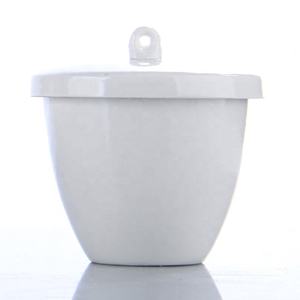
Customized Alumina Ceramic Crucible High Temperature Corrosion Resistant Cauldron Pot Cap Spare Parts Bending Cutting Processing

High Temperature Resistant Industrial Ceramic Alumina Ceramic Crucible for Melting Gold

Graphite Crucible Ceramics Crucible Different Crucible for Various Metal Casting Melting

Custom 99 Alumina Ceramic Crucible Square Corundum Laboratory Crucible with Sagger Groove Industrial Ceramic Processing Service

Dental Sintered Trays Crucible Aluminum Sintering Crucible Round Dental Crucibles Ceramic Sintering Tray for Zirconia
Overview of Ceramic Crucible
Ceramic crucibles are essential tools in high-temperature processing, designed to withstand extreme conditions while maintaining precision and purity. This guide explores their key attributes, specifications, and applications and answers common questions to help you select and use them effectively.
A ceramic crucible is a heat-resistant container engineered from advanced ceramic materials (e.g., alumina, zirconia, silicon carbide) to hold, melt, or process materials at elevated temperatures. Unlike metal or plastic alternatives, ceramic crucibles resist corrosion, contamination, and thermal shock, making them indispensable in laboratories, metallurgy, ceramics manufacturing, and renewable energy labs. Their inert properties ensure minimal interaction with samples, preserving the integrity of experiments or industrial processes.
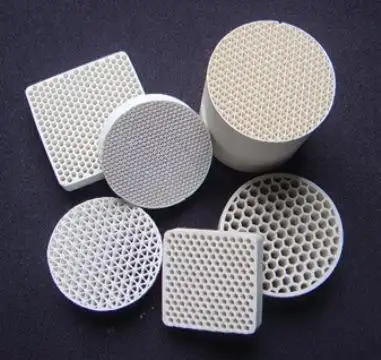

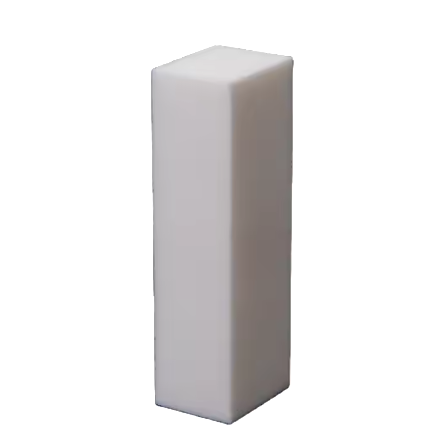

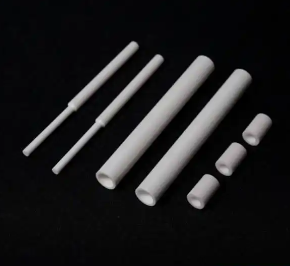

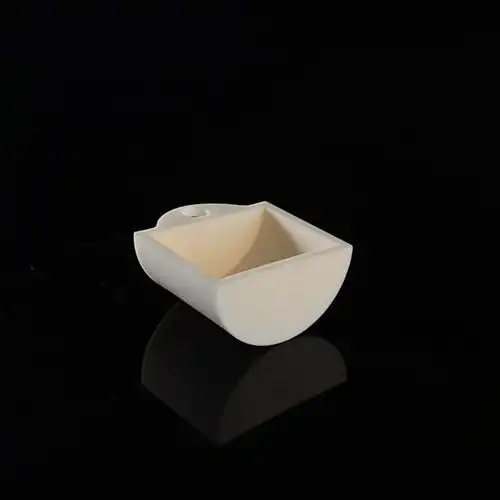

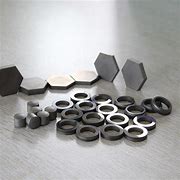
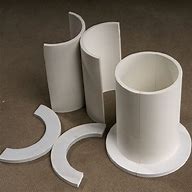



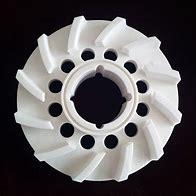

Features of Ceramic Crucible
- Superior Thermal Stability: Withstands rapid temperature changes (thermal shock resistance) and operates at ultra-high temperatures (up to 2400°C, depending on material).
- Chemical Inertness: Non-reactive with molten metals, acids, alkalis, and fluxes, preventing sample contamination.
- Uniform Heat Distribution: Optimized design ensures even heat transfer, reducing hot spots for precise processing.
- Mechanical Durability: High compressive strength and scratch resistance minimize wear during handling and repeated use.
- Versatile Compatibility: Works with muffle furnaces, induction heaters, gas burners, and other high-temperature equipment.
Specifications of Ceramic Crucible
| Material Type | Operating Temperature Range | Capacity Range | Typical Applications | Key Certifications |
|---|---|---|---|---|
| Alumina (Al₂O₃) | 1200–1800°C | 5 mL – 2000 mL | Lab analysis, small-scale metal melting | ISO 13383, ASTM D5419 |
| Zirconia (ZrO₂) | 2000–2400°C | 10 mL – 5000 mL | Molten aluminum/copper processing, refractories | ISO 13383, EN 1094-5 |
| Silicon Carbide (SiC) | 1600–2500°C | 20 mL – 3000 mL | High-temperature sintering, chemical synthesis | ASTM C784, DIN 12101 |
| Alumina-Silica Composite | 1400–1900°C | 50 mL – 1500 mL | Glass melting, ceramic glaze testing | ISO 695, GB/T 16534 |
Applications of Ceramic Crucible
- Laboratory Research: Melting precious metals (gold, silver), synthesizing ceramics, or analyzing chemical reactions in analytical labs.
- Metallurgy & Foundry: Alloy production, metal refining, and quality control testing for ferrous/non-ferrous metals (e.g., aluminum, copper).
- Ceramics & Glass Manufacturing: Sintering ceramic powders, melting glass-forming raw materials (silica, soda ash).
- Renewable Energy: Battery material processing (e.g., lithium-ion cathode sintering) and solar cell component fabrication.
- Education & Teaching: Introductory experiments in chemistry or materials science courses, demonstrating phase changes and reactions.
Company Introduction
Advanced Ceramics is committed to being the world's leading provider of ceramic material solutions. Since our inception in 2012, we have focused on the development, production and sales of high-performance ceramic products, providing our customers with innovative products and quality services. With a deep understanding of material science and advanced manufacturing technology, we have won wide recognition in a variety of fields, including electronics, machinery, construction, and medical care.
Our core competitiveness lies in continuous technological innovation and strict quality control. We have an R&D team of senior scientists and engineers who are constantly exploring the application potential of new materials to ensure that our products are always at the forefront of the industry. At the same time, we have established a perfect quality management system, from the selection of raw materials to the finished product factory, each link is strictly tested to ensure the high quality and consistency of our products.
Advanced Ceramics' product line covers a wide range of ceramic applications, including but not limited to: high-precision electronic ceramic components, wear-resistant mechanical parts, decorative building materials, and medical implants. We not only provide standard products, but also customize ceramic products with special specifications and functions according to customers' needs. In addition, we actively promote the concept of green environmental protection, all production processes comply with international environmental standards, and strive to minimize the impact on the environment.
For more information, please feel free to contact us.(nanotrun@yahoo.com)
Payment Methods
L/C, T/T, Western Union, Paypal, Credit Card etc.
Shipment Methods
By sea, by air, by express as soon as possible once payment receipt.
5 FAQs of Ceramic Crucible
Q1: How do I select the right ceramic crucible for my application?
A: Match three factors: (1) Material compatibility (e.g., use zirconia for molten aluminum to avoid reaction); (2) Temperature range (ensure the crucible’s max temp exceeds your process needs); (3) Capacity (choose a size that holds your sample without overflow).
Q2: Can ceramic crucibles be reused after melting metals?
A: Yes, with proper care. Clean them gently (avoid abrasive tools to prevent scratches) and store them in a dry environment. Inspect for cracks before reuse—minor damage may be repairable with high-temperature ceramic adhesives.
Q3: What is the maximum temperature a zirconia crucible can handle?
A: Zirconia crucibles typically withstand up to 2400°C, making them ideal for high-melting-point metals like aluminum (660°C) or copper (1085°C). Exceeding this limit may cause warping or structural failure.
Q4: Are ceramic crucibles safe for acidic or basic solutions at high temperatures?
A: Most high-purity ceramics (e.g., alumina, zirconia) resist acids (hydrochloric, sulfuric) and bases (sodium hydroxide) at moderate temperatures. However, prolonged exposure to strong fluxes (e.g., lithium carbonate) may degrade the surface over time.
Q5: Do ceramic crucibles contaminate samples with impurities?
A: No—unlike metal crucibles (which can leach metals like iron or nickel), high-quality ceramic crucibles are chemically inert. This ensures minimal interaction with samples, making them ideal for trace metal analysis or semiconductor-grade processes.
